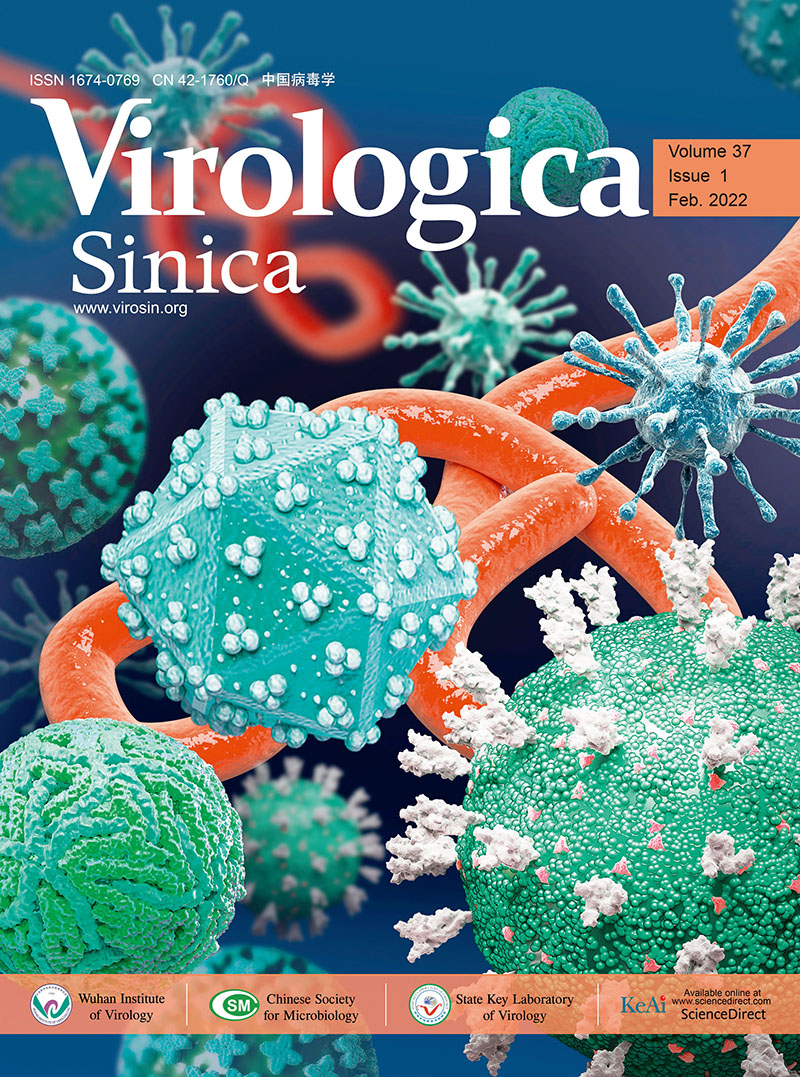Fish ACE2 is not susceptible to SARS-CoV-2
- Received Date: 26 August 2021
- Accepted Date: 12 January 2022
Abstract: The ongoing pandemic of coronavirus disease 2019 (COVID-19) has reshaped our daily life and caused > 4 million deaths worldwide (https://covid19.who.int/). Although lockdown and vaccination have improved the situation in many countries, imported cases and sporadic outbreaks pose a constant stress to the prevention and control of COVID-19. Severe acute respiratory syndrome coronavirus 2 (SARS-CoV-2), the etiologic agent responsible for COVID-19, has a positive-sense single-stranded RNA genome of 30 kb (Coronaviridae Study Group of the International Committee on Taxonomy of Viruses, 2020). We and other groups have demonstrated that the SARS-CoV-2 could use the angiotensin-converting enzyme 2 (ACE2) as cell receptor, including orthologs of a broad range of animal species such as human, bats, ferrets, pigs, cats, and dogs (Hoffmann et al., 2020; Zhou et al., 2020; Liu et al., 2021). Although the evolutionary origin of SARS-CoV-2 can be linked to the discoveries of diverse coronaviruses related to SARS-CoV-2 in wild animals such as bats (Zhou et al., 2020; Wacharapluesadee et al., 2021) and pangolins (Liu et al., 2019; Lam et al., 2020), the direct origin of SARS-CoV-2 in humans remains unknown. In China, several sporadic outbreaks of COVID-19 in 2020 were linked to food in cold chain sold at trade markets, including salmon meat (http://www.nhc.gov.cn/xcs/yqtb/list_gzbd.shtml) (Yang et al., 2020). The detection of SARS-CoV-2 RNA on the surface of frozen meat for as long as 20 days has also been reported (Feng et al., 2021). A concern regarding the potential role of fish in SARS-CoV-2 transmission has also been raised. Therefore, we investigated the susceptibility of fish ACE2 to SARS-CoV-2.















 DownLoad:
DownLoad: